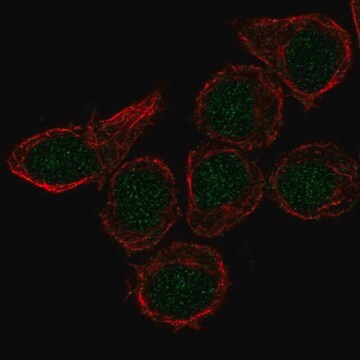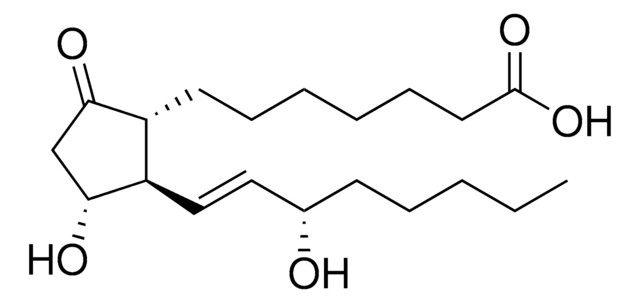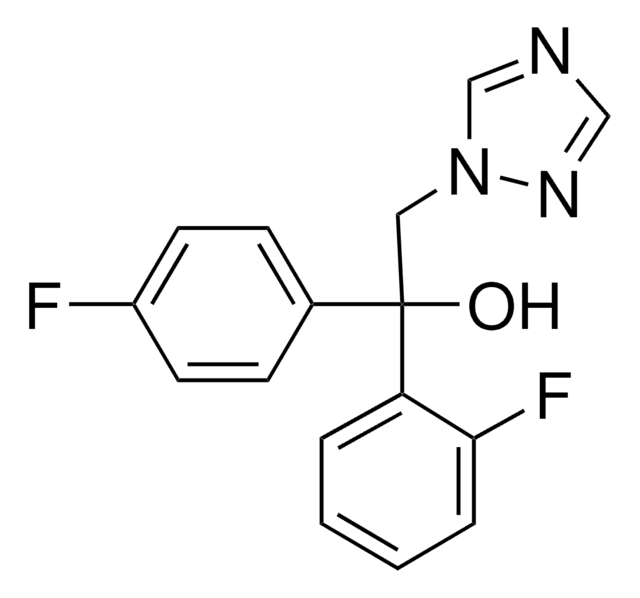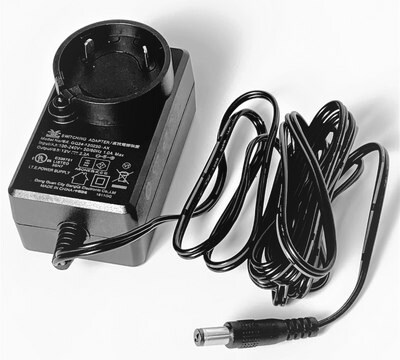CPG-504
Anionic Liposomes
Phosphatidylglycerol (PG)-based - DOPG:DOPC (60:40 molar ratio 10mM)
Se connecterpour consulter vos tarifs contractuels et ceux de votre entreprise/organisme
About This Item
Code UNSPSC :
12352211
Nomenclature NACRES :
NA.25
Produits recommandés
Niveau de qualité
Composition
Phosphate buffered saline
Concentration
10 mM
Impuretés
40 mol % DOPC
60 mol % DOPG
Taille des particules
100 nm
pH
7.4
Vous recherchez des produits similaires ? Visite Guide de comparaison des produits
Description générale
Liposomes are extensively used to study the interaction of proteins, peptides and other molecules with the surface of a lipid membrane. One of the parameters that affects this interaction is the charge of the liposomal membrane. Phosphatidylglycerol (PG) is a negatviely charged molecule. The amount of the negative zeta potential in the liposomes depends on the molar percentage of PG in the formulation. The anionic-phosphatidylglycerol (PG) liposome catalog contains products made from 0.5 up to 100 percent DOPG with various amount of negative zeta potentials. The matrix lipid DOPC used in the formulation does not significantly contribute to the charge of the liposomes.
Application
Drug delivery
Lipid-protein interactions
Lipid-protein interactions
Stockage et stabilité
Liposomes should never be frozen. Liposomes should be stored in the dark at 4°C, except when brought to room temperature for brief periods prior to use.
Liposomes are made under sterile conditions. If you need to take multiple aliquots out of the vial, it is advised to take extreme care in not contaminating the vial. It is recommended to handle the vial under a sterile hood to maintain the sterility of the product. Liposomes should never be frozen. Ice crystals that form during freezing will rupture the lipid membrane of the liposomes and change the size of liposomes particles.
Liposomes are made under sterile conditions. If you need to take multiple aliquots out of the vial, it is advised to take extreme care in not contaminating the vial. It is recommended to handle the vial under a sterile hood to maintain the sterility of the product. Liposomes should never be frozen. Ice crystals that form during freezing will rupture the lipid membrane of the liposomes and change the size of liposomes particles.
Informations légales
Cellsome is a trademark of Encapsula NanoSciences
Product of Encapsula Nanosciences
Clause de non-responsabilité
For research use only
Code de la classe de stockage
12 - Non Combustible Liquids
Classe de danger pour l'eau (WGK)
WGK 2
Point d'éclair (°F)
Not applicable
Point d'éclair (°C)
Not applicable
Certificats d'analyse (COA)
Recherchez un Certificats d'analyse (COA) en saisissant le numéro de lot du produit. Les numéros de lot figurent sur l'étiquette du produit après les mots "Lot" ou "Batch".
Déjà en possession de ce produit ?
Retrouvez la documentation relative aux produits que vous avez récemment achetés dans la Bibliothèque de documents.
Notre équipe de scientifiques dispose d'une expérience dans tous les secteurs de la recherche, notamment en sciences de la vie, science des matériaux, synthèse chimique, chromatographie, analyse et dans de nombreux autres domaines..
Contacter notre Service technique







